Ediacara: a “failed” evolutionary experiment?

The Ediacara Hills, north of the city of Adelaide in South Australia are a tumbling mass of ancient rocks. Sunbaked now, 580 million years ago they were a sea alive with soft-bodied organisms. These organisms varied greatly: from millimetres to metres in size; from “blob-like” to intricate in complexity; and from sturdy and resistant to a jelly-soft rigidity. They are all prosaically named the Ediacaran biota. A mundane name for what are the earliest known multicellular organisms on Earth.
Turning over rocks and finding fossils
In 1946, an Australian mining geologist named Reginald Sprigg was inspecting abandoned mines the Ediacara Hills. These hills take their name from the aboriginal Idiyakra, “water is present”. Serendipitously, while eating his lunch, Sprigg found fossilized imprints of soft-bodied organisms on the undersides of slabs of quartzite and sandstone. Most were round, disc-shaped forms that Sprigg dubbed “medusoids” from their seeming similarity to jellyfish. Others, however, resembled worms, arthropods, or even stranger things; quilted mattresses and mud-filled bags.
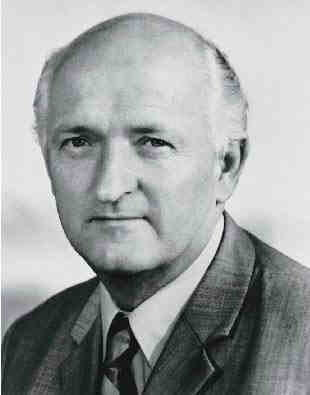
Sprigg thought that these fossils were ancient and dating from the Cambrian era (541-485 million years ago). He submitted a paper to the journal Nature, but it was refused. Sprigg travelled to London and presented his findings to the 1948 International Geological Congress, but failed to excite either interest or belief.
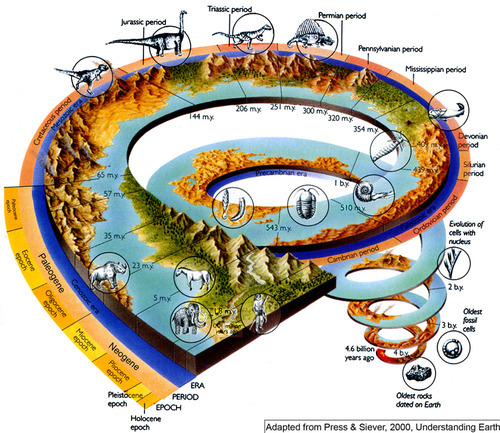
These were not the first Precambrian soft-bodied fossils to be found and described — scattered reports of them had appeared in the scientific literature as far back as the mid-nineteenth century.
The first Ediacaran fossils discovered were the disc-shaped Aspidella terranovica in 1868. Their discoverer, Scottish geological surveyor Alexander Murray, found them to lay below the the Cambrian strata that were then thought to contain the very first signs of life. It took a further four years for anybody to dare propose they could be fossils. Elkanah Billings‘ 1872 proposal was dismissed by his peers on account of their simple form. They were instead declared gas escape structures, inorganic concretions, or even tricks played by a malicious God to promote unbelief.

This one-sided debate soon fell into obscurity as no similar structures elsewhere in the world were then known. In 1933, Georg Gürich discovered specimens in Namibia. They were assigned to the Cambrian Period by the firm belief that life originated in the Cambrian, and no link to Aspidella was made.
It was not until the 1957 British discovery of the frond-shaped fossil Charnia in England’s Charnwood Forest that the pre-Cambrian was seriously considered as containing life. Due to the detailed geological mapping of the British Geological Survey there was no doubt that these fossils sat in Precambrian rocks.
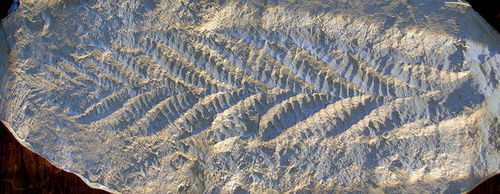
University of Adelaide palæontologist Martin Glaessner finally, in 1959, made the connection between this and the earlier finds. With a combination of improved dating of existing specimens and an injection of vigour into the search many more fossils were recognised.
The naming the “Ediacaran” period
Due to this punctuated discovery a plethora of different names existed for this pre-Cambrian period and its biota. In 1960 the French name “Ediacarien” was added to the competing terms “Sinian” and “Vendian” for late-Precambrian rocks, and these names were also applied to the life-forms. “Ediacaran” and “Ediacarian” were subsequently applied to the epoch or period of geological time and its corresponding rocks. In March 2004, the International Union of Geological Sciences ended the inconsistency by formally naming the terminal period of the Neoproterozoic after the Australian locality.
The rise of the soft-bodied Ediacaran
It took almost 4 billion years from the formation of the Earth for the Ediacaran organisms to first appear, 655 million years ago. Fossils of single-cell organisms are reported from an age 3,460 million years ago. The first uncontroversial evidence for life though is found 2,700 million years ago. Cells with nuclei certainly existed by 1,200 million years ago.
The reason why it took so long for forms with an Ediacaran grade of organisation to appear is uncertain. A primary size-limiting factor is the amount of atmospheric oxygen. With the low oxygen levels in the early Earth, as low as 0.1% of today’s levels, organisms had to be simple. The oxygen cannot reach the centre of a complex organism quickly enough to supply its metabolic demand. So without sufficient oxygen life could only be very simple.
On the early Earth, reactive elements such as iron and uranium existed in a reduced form, which would react with any free oxygen produced by photosynthesising organisms. Oxygen would not be able to build up in the atmosphere until all the iron had rusted and other reactive elements had also been oxidised.
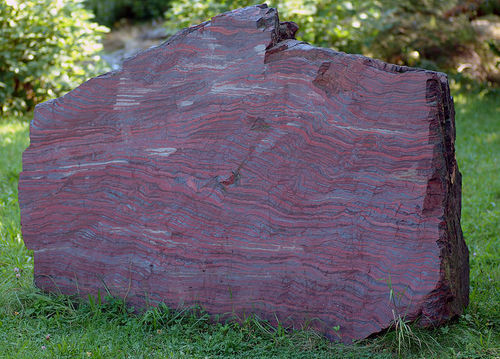
Periods of intense cold have also been suggested as a barrier to the evolution of multicellular life. The period preceeding the Ediacaran is known as the Cryogenian. The greatest ice ages known to have occurred on Earth, possibly covering the entire planet, occurred during this period. These ‘snowball earth‘ events are still the subject of much scientific controversy, whether these glaciations were truly global or merely localised events. The diversity of life in modern Antarctica has also sparked disagreement over whether cold temperatures increase or decrease the rate of evolution.
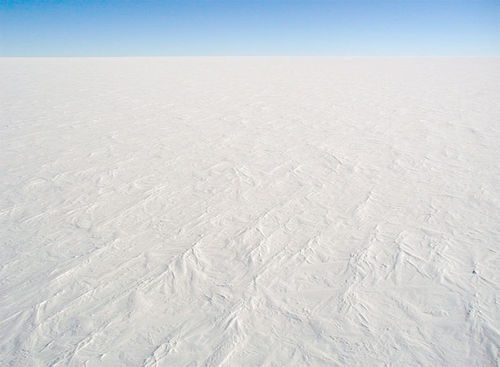
Oxygen, is still seen as key to enable cells to cluster and differentiate. It seems to have accumulated in two pulses; the rise of small, sessile (stationary) organisms seems to correlate with an early oxygenation event, with larger and mobile organisms appearing around the second pulse of oxygenation – the rise of the Endiacaran.
Life, but not exactly as we know it
The advantages of multicellularity include increased size and specialisation, physical protection and conditions for the development of complex behaviour. Unfortunately the soft-bodied physiology of the organisms have meant that fossil remains make their nature speculative and seem quite alien.
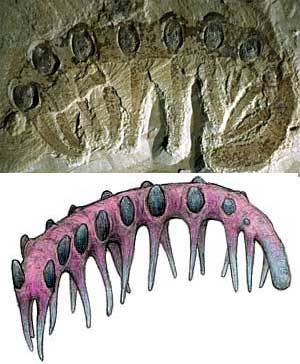
While some can be likened to modern jellyfish, corals and lichens, many others remain more enigmatic. For example the Charnia are lacking any mouth, gut, reproductive organs, or indeed any evidence of internal anatomy, their lifestyle was somewhat peculiar by modern standards; the most widely accepted hypothesis holds that they sucked nutrients out of the surrounding seawater by osmosis.
The demise of the Ediacaran
The Cambrian period is marked by the appearance of organisms who evolved the ability to precipitate minerals used for skeletons and hard shells. Organisms which are more easily preserved as fossils than soft-bodied ones. This “Cambrian Explosion
Orrman-Rossiter K (2013-02-12 00:11:36). Ediacara: a "failed" evolutionary experiment?. Australian Science. Retrieved: Apr 25, 2024, from http://australianscience.com.au/science-2/ediacara-a-failed-evolutionary-experiment/
 Follow
Follow
1 thought on “Ediacara: a “failed” evolutionary experiment?”
Comments are closed.